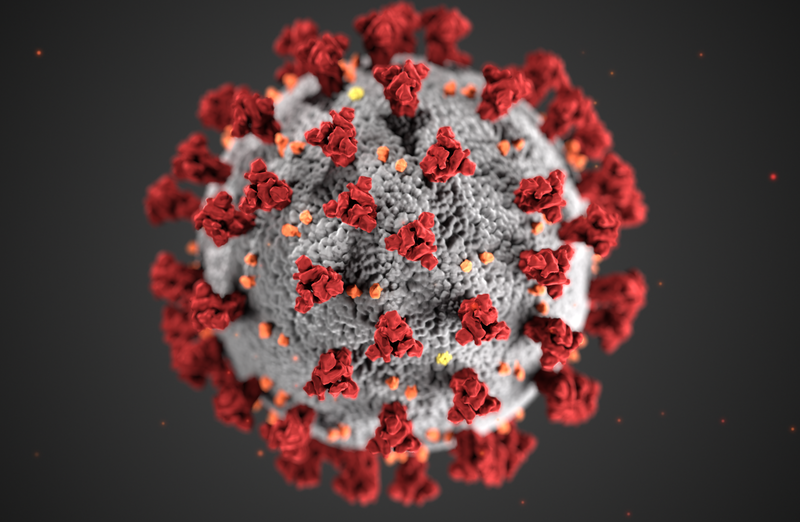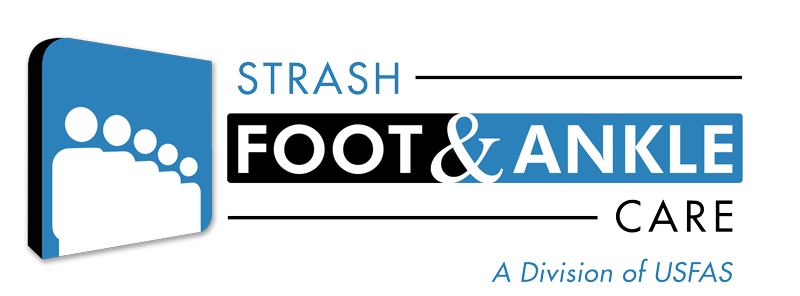
08 Feb COVID & Elective Procedures
The American Society of Anesthesiologists (ASA) recently released guidance on when a patient with COVID is no longer infectious, optimal time to wait after recovery from COVID to schedule elective procedures, and guidelines for repeat COVID testing.
When is a patient with COVID-19 no longer infectious?
Key points:
- In patients with COVID-19, RT-PCR testing may detect viral RNA for a prolonged period (possibly weeks to months). However, detection of viral RNA does not correlate with infectivity.
- Mild to moderate and asymptomatic COVID-19:
In studies of COVID-19 patients with mild to moderate COVID, replication-competent virus (i.e., virus capable of causing infection) has not been detected after 10 days from symptom onset.
For mild to moderate COVID-19 illness, the CDC recommendations are to discontinue isolation and other transmission-based precautions when:
- At least 10 days have passed from onset of symptoms and
- At least 24 hours have passed since last fever without use of fever-reducing mediations and
- Symptoms (e.g., cough, shortness of breath) have improved.
For asymptomatic patients who are not severely immunocompromised, isolation and precautions can be discontinued 10 days after the first positive COVID test.
- Severely or critically ill COVID-19 patients:
In approximately 95% of severely or critically ill COVID-19 patients replication-competent virus (i.e., virus capable of causing infection) has not been detected after 15 days from symptom onset. Replication-competent virus has not been detected in this patient group after 20 days from symptom onset.
For severe to critical COVID-19 illness and in patients who are severely immunocompromised, the CDC recommendations, are to discontinue isolation and other transmission-based precautions when:
- At least 10 days and up to 20 days have passed from onset of symptoms and
- At least 24 hours have passed since last fever without use of fever-reducing mediations and
- Symptoms (e.g., cough, shortness of breath) have improved.
- Downgrading for isolation and transmission based precautions in this group calls for clinical judgement and may include consultation with Infectious Disease physicians.
- Immunocompromised patients, including patients with advanced age, diabetes mellitus and ESRD, may have a prolonged period of infectivity.
- Generally speaking, patients who show continuous clinical improvement can be safely removed from isolation and transmission-based precautions following the symptom based guidelines above.
What is the optimal time to wait after recovery from COVID-19 to minimize postoperative complications?
- COVID-19 can impact virtually all major organ systems, so it is important to consider the timing of an elective surgical procedure post-COVID in order to reduce the risk of COVID-related post-operative complications.
- Suggested wait times can be extrapolated from the limited information on COVD-19 patients and from prior experience with similar viruses.
- The American Society of Anesthesiologists recommends the following suggested wait times for elective surgery after COVID-19 infection:
- Four weeks for an asymptomatic patient or recovery from only mild, non-respiratory symptoms.
- Six weeks for a symptomatic patient (e.g., cough, dyspnea) who did not require hospitalization.
- Eight to 10 weeks for a symptomatic patient who is diabetic, immunocompromised, or hospitalized.
- Twelve weeks for a patient who was admitted to an intensive care unit due to a COVID-19 infection.
Is repeat COVID-19 testing needed?
- The CDC does not recommend re-testing for COVID-19 within 90 days of symptom onset. Repeat testing is strongly discouraged since persistent or recurrent positive tests are common after recovery and a positive test after the time frames outlined above is not indicative of infectivity.
- If a patient presents with new COVID-like symptoms with 90 days, re-testing can be considered.

